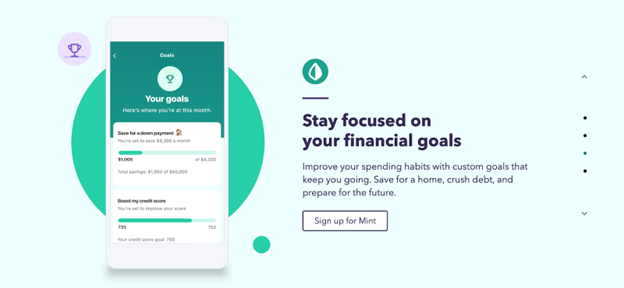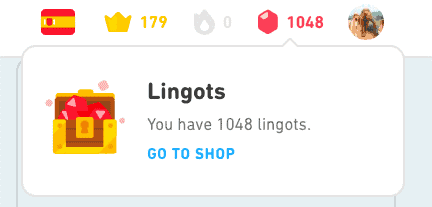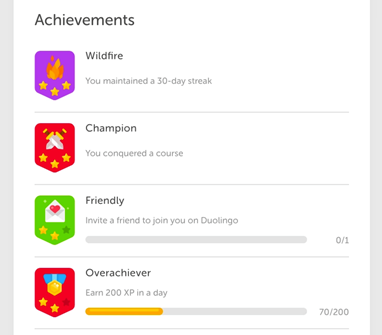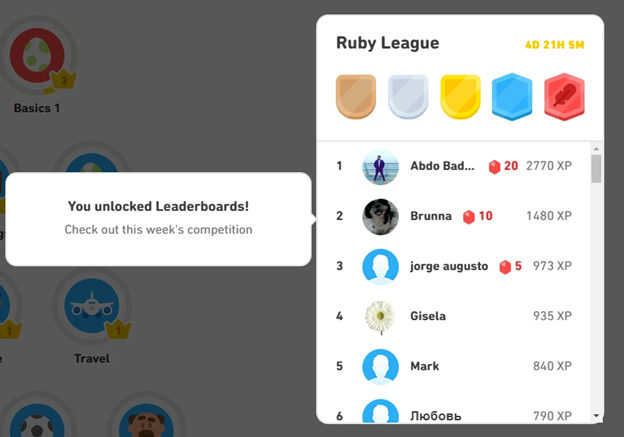
What can tech companies learn from Duolingo?
Duolingo has taken the online world by storm with its bold, hilarious marketing on TikTok, racking up an impressive 4.3 million followers. However, it doesn’t stop there. It can teach tech startups a lot, from the importance of gamification to ensuring product engagement. Duolingo is a free language learning website and mobile app allowing users to practice vocabulary, grammar and pronunciation using spaced repletion for 39 different languages. Here, Startups Magazine hears from CEO of AdamFard UX Studio, Adam Fard, discussing the key takeaways from Duolingo for tech companies.
The core lesson that Duolingo can teach is the importance of gamification and ensuring a product is engaging: “Outside of corporate training, there seems to be a weird convention that gamification is either for kid-oriented products or just the B2C segment. The more ‘serious’ and ‘white collar’ an industry becomes, the more gamification is tossed aside,” Adam said.
Research by Martech Alliance states game-based motivation increases user engagement by 48%. User engagement is one among many metrics that get a boost from incorporating game-like elements. What’s more, gamification increases retention, word of mouth referrals and revenue.
At the core of gamification are three elements, said Adam. Objectives, competition and rewards. In the UX context, gamification is the incorporation of game-like elements into your tech products. These elements may include things like leader boards, badges, rewards, and progress bars. Duolingo is a stellar example of gamification implementation.
Launched in 2011, Duolingo was among the first mobile apps to embrace gamification. 11 years on, Duolingo has generated more than 40 million users and more than $250m in revenue.

How does gamification work?
Gamification taps into the emotions that make us human, explained Adam. One way or another, people engage in activities that are fundamentally game-like. Aside from actual games, there are things like banter, setting goals, progressing through life and a level-like manner.
Explaining the psychological perspective, Adam said gamification gives people a sense of control, evokes a sense of achievement, fosters healthy competition, encourages curiosity and exploration, and creates a system of rewards.
How you can gamify your products
Gamification must serve a purpose and be based on in-product activities users care about: “If these two requirements aren’t met, you end up with product decorations that took much effort to create and yet haven’t yielded any return,” exclaimed Adam. Adam outlined a few tactics employed by Duolingo and other digital products.
Challenges and streaks
Adam said the best ways to motivate people to stay consistent is by setting goals and tracking their progress, making it less tempting to skip something if you’re breaking a streak.

Progress bars
Progress bars help users visualise the goal they’re moving to, as well as seeing their progress.

Points and in-app-currency
Duolingo has in-app currencies which you can earn through in-game activities or purchases. The currency can then be spent on in-game perks such as boosts, streak freezers and wagers.

Badges, regards and collectables
Badges, stickers and achievements are the digital world equivalents of medals and trophies. Once a user achieves something acknowledgement-worthy – give a reward to encourage further progress.

Leaderboards
Another way to encourage app usage is by fostering competition among peers.

What about B2B businesses?
Despite the common belief that B2B businesses cannot make use of gamification, people who work in B2B are also people. They are subject to the same psychology and respond the same way consumer users do.
“Let’s take SalesForce as an example. Would you look at that? The big and scary CRM giant has leaderboards and competitive progress bars,” said Adam.
As long as there are objectives, competition and rewards, gamification is applicable regardless of segments and industries.
It’s evident that gamification is the attribute of companies who are moving ahead of the curve. Before it’s too late, it just might be the time to seriously consider gamifying your product.


